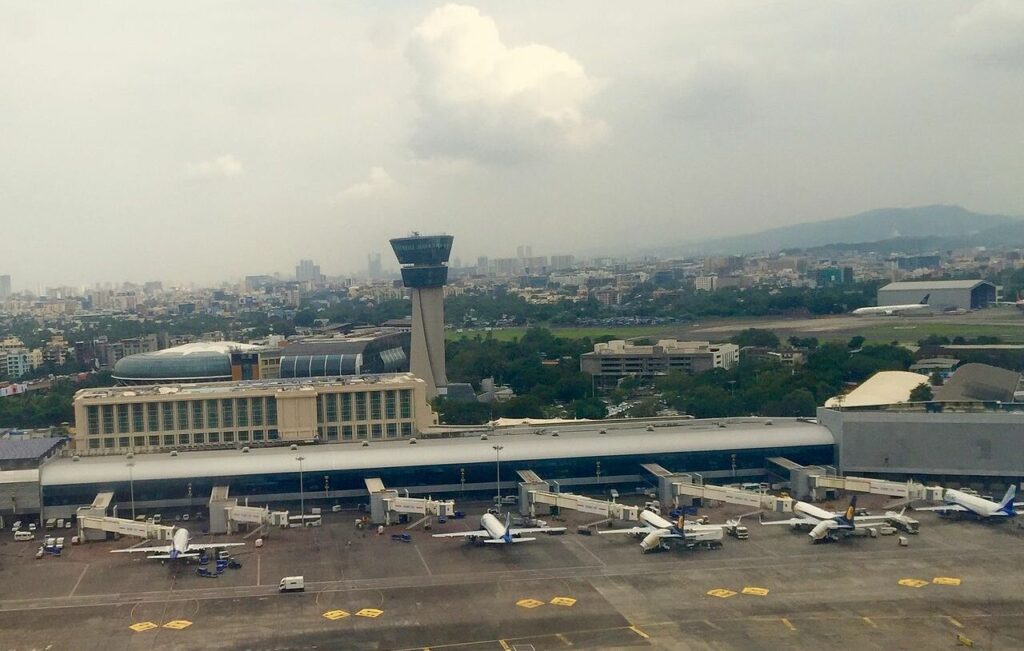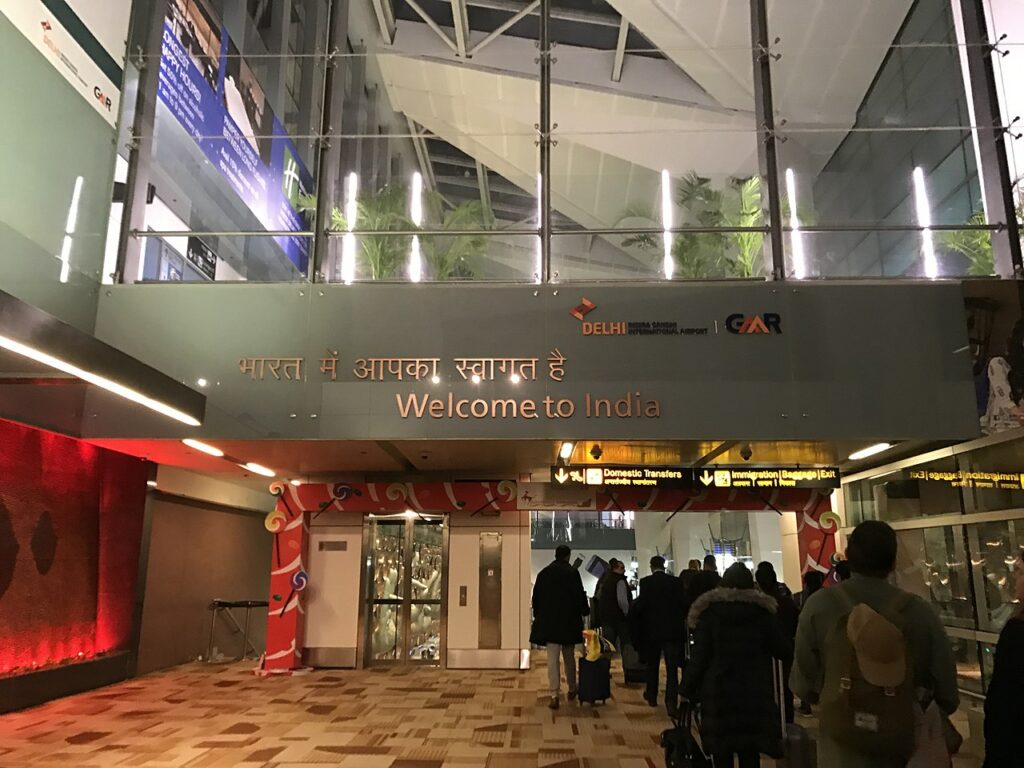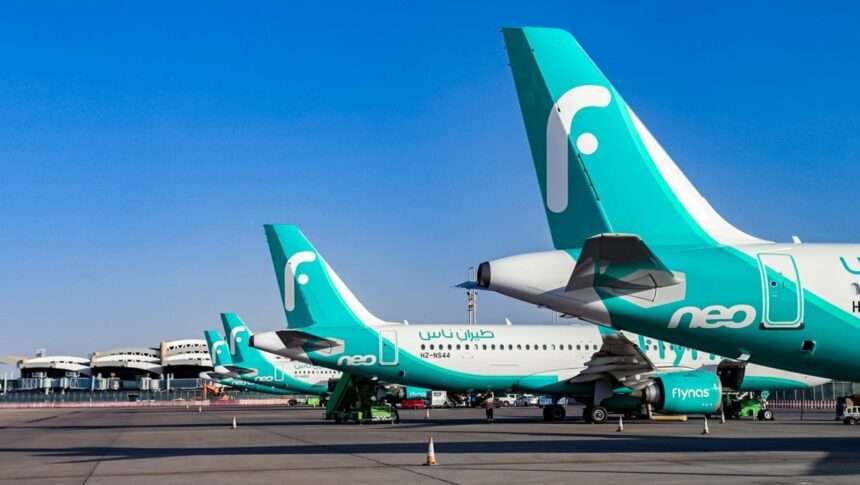The Indira Gandhi International Airport (IGI) in New Delhi, India, has been facing challenges related to longer waiting times at various points in passenger processing, due to increased air travel movements during seasonal variations.
As a result, Indian authorities have implemented several measures to decongest the major airports, including Delhi and Mumbai.
A Rundown of Decongestion Measures
India’s Ministry of Civil Aviation has provided a briefing on the measure which have been implemented at Delhi and Mumbai airports.
Overall, waiting time at security & immigration check points is expected to be around 10 minutes in coming months.
Vehicular Congestion
The first step in streamlining the passenger flow was addressing vehicular congestion at the departure forecourt.
Additional Traffic Marshals were deployed to manage the influx of vehicles efficiently. This move not only prevented congestion but also ensured smoother traffic flow in and out of the airport.
Providing Real-Time Information
Passengers often feel more at ease when they’re well-informed. To facilitate this, display boards were strategically placed at various points within the airport.
These boards not only indicated the least waiting time at different gates but also provided the entry gate numbers, allowing passengers to plan their movements well in advance.
[monsterinsights_popular_posts_inline]

Real-Time Waiting Updates
Passenger convenience was further enhanced by the introduction of display screens at entry gates and security checkpoints. These screens provided real-time information on waiting times, allowing travelers to stay updated and make informed decisions.
Moreover, this information was shared not only on display screens and social media but also directly with airlines, ensuring that everyone was on the same page.
Biometric Technology
To further speed up the security and boarding process, IGI Airport has introduced DigiYatra. This equipment relies on Facial Recognition Technology, making the check-in process faster and smoother.
Passengers are encouraged to use the DigiYatra platform, and even in-flight announcements are made to promote its usage.
DigiYatra was rolled out at Terminals 3 and 2 (T3 and T2) with multiple lanes available for entry. The technology was also implemented at security check points, ensuring a smooth integrated flow throughout the airport. Additional entry gates were created, further easing the passenger influx.

Enhanced Security Measures
In terms of security, further significant upgrades were implemented. Additional X-BIS (X-ray) machines were added, significantly reducing waiting times at security checkpoints.
The expansion of check-in infrastructure, including the introduction of self-baggage drop facilities, also played a pivotal role in expediting the entire process.
Streamlining Passenger Entry
The introduction of a new security zone, Zone 0, within Terminal 3, streamlined passenger entry further. Automated entry was facilitated through the installation of 2D Bar code scanners at all entry gates, ensuring swift and hassle-free passage.
Efforts to enhance the passenger experience didn’t stop at the airport’s boundaries. Airlines were actively involved in the process, deploying sufficient manpower at check-in and baggage drop counters.
Moreover, passengers themselves were encouraged to play their part by having the necessary documents ready for inspection.
Constant Monitoring
The authorities have ensured that these measures weren’t just implemented but also constantly monitored. CCTV surveillance and a dedicated Command Centre played a pivotal role in ensuring a safe and smooth journey for all passengers. Count Meter technology was also utilized to manage crowds effectively.
Delhi and Mumbai Outlook
Based on the waiting times observed in July 2023, the situation and Mumbai and Delhi airports is expected to continue improving. Waiting times at security and immigration check points are projected to be around 10 minutes in the coming months, providing passengers with a more efficient and stress-free experience.
IGIA is currently undergoing Phase 3A of its expansion plan. This phase includes terminal and apron expansion, runway rehabilitation, and the construction of a 4th runway and associated taxiways.
With completion progress at an impressive 92.83% as of July 2023, it’s clear that IGI Airport is committed to continuous growth and improvement.

Click the banner to subscribe to our weekly newsleter.









